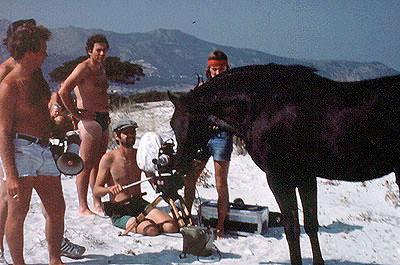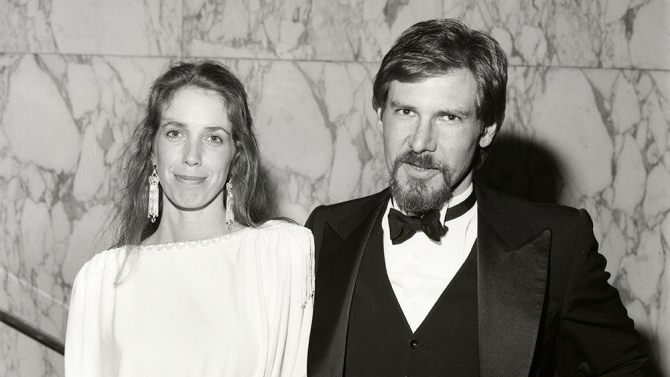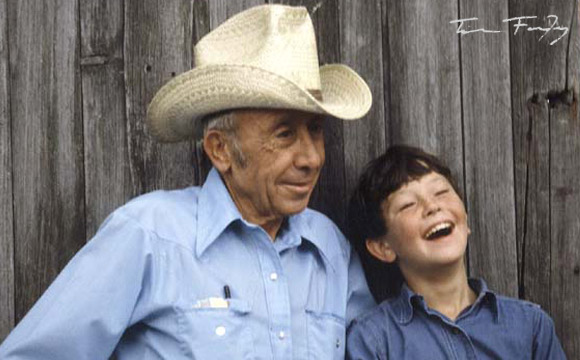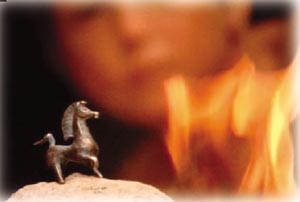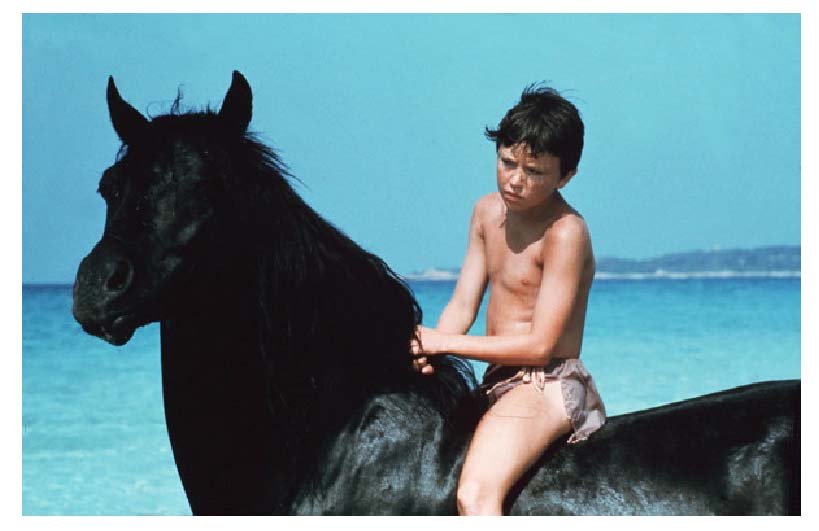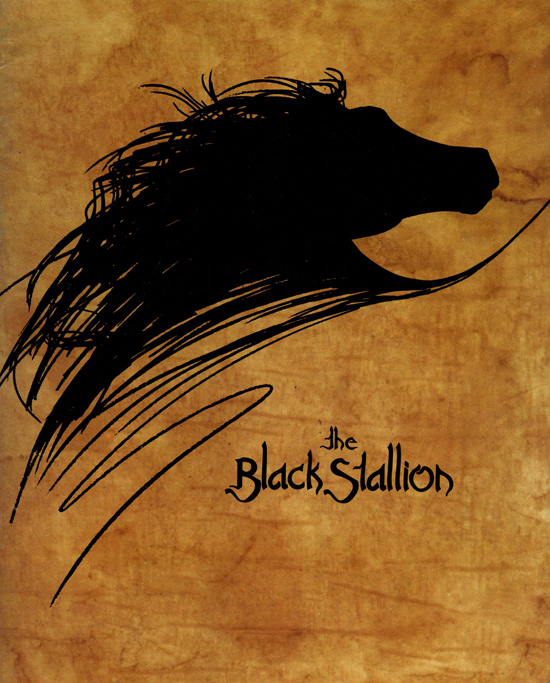
A clean and sharp copy of “The Black Stallion” will be screened at the Egyptian Theater (map) in Hollywood on Sunday, April 29. It’s a bit early, 9:15am, but sure it will be a great show.
Screenwriter Jeanne Rosenberg and critic Leonard Maltin will introduce and discuss the film. Try to make it if you can. Only $20 for walk in seats!
It’s a beautiful theater and going to be a really fun time!
http://filmfestival.tcm.com/programs/films/the-black-stallion/
If you didn’t get to see Mel Brooks and “The Producers” at last night’s Gala (neither did I) here’s the skinny;
ROBERT OSBORNE AWARD/THE PRODUCERS ( 1968 )
SCREEN TO STAGE
6:30 pm
TCL Chinese Theatre IMAX
THE ROBERT OSBORNE AWARD: For the inaugural award, TCM will celebrate world-renowned filmmaker director Martin Scorsese and his longtime dedication to preserving and protecting motion picture history. This presentation will be made as part of the official Opening Night Gala and the screening of THE PRODUCERS (1968) to follow. THE PRODUCERS (1968): Mel Brooks once stated that one of his goals in life was to make Adolf Hitler a laughing stock. One of his first attempts in that direction was answering questions about his next project with “Springtime for Hitler.” Over time, however, he conceived of a failing Broadway producer (based on producers he had known or heard of) overselling shares in a guaranteed flop to outwit auditors with a musical romp about Hitler. Brooks was met with resistance as all of the major studios turned the film down as tasteless, as did Zero Mostel, who only agreed to star in the picture because his wife thought the script was funny. Distributor Joseph E. Levine agreed to back the film but didn’t want Brooks to direct, wanted to fire co-star Gene Wilder and, finally, didn’t want to release the film at all. It took urging from Peter Sellers, who had screened a print, to get it into theatres, where it flopped, even though Brooks went on to win an Oscar for Best Screenplay. Within a few years, however, college screenings had turned it into a cult hit, and it is now considered one of the funniest pictures ever made and went on to inspire a hit Broadway play. From Mostel’s seducing an elderly backer (Estelle Winwood) to get her money, through Wilder’s hysterical outbursts to the hilarious “Springtime for Hitler” number, the film is an almost non-stop barrage of inspired, off-beat humor. Restored in 4k by Studiocanal. (d. Mel Brooks, 88m)
MARTIN SCORSESE, MEL BROOKS, LEONARDO DICAPRIO
Here’s a recent (and funny) interview by Mel Brooks:
https://www.npr.org/2018/04/26/605297774/mel-brooks-says-its-his-job-to-make-terrible-things-entertaining

